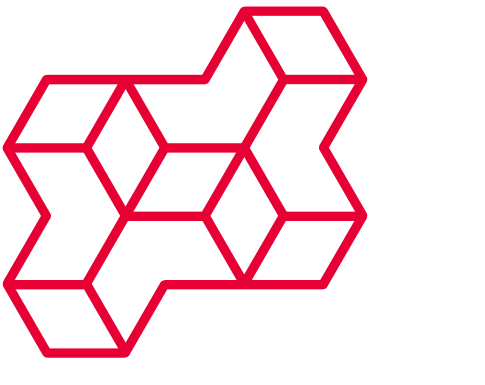The project was the starting point of the WG Industrial Mathematics for the interdisciplinary research field of digital pathology. The aim of the project was to investigate mass spectrometry as a tool for digital pathology, in particular the development of novel mathematical methods for the evaluation of MALDI imaging spectra and the creation of standardised procedures for sample preparation and data acquisition. These developments were carried out using tumours from the pancreas and lung as examples, as well as metastases from the liver, and were thus directly related to important questions in oncology.
The individual processes of sample preparation and the acquisition of MALDI imaging data are critical for the application of mass spectrometry in routine pathology laboratories. Within the project, standard operating procedures (SOP) were created and subsequently evaluated with respect to handling and reproducibility. For this purpose, various parameters were varied in the experimental procedure and their influence on the spectra quality was investigated; the peak intensity (spectral measure) and the image structure of the MALDI imaging data (image measure) served as metrics for the quality determination.
In addition, a modular and generalisable data evaluation procedure for MALDI imaging data was developed, based on the basic, serially executed processing steps of preprocessing, dimension reduction and classification. The preprocessing steps investigated in this project included baseline correction (morphological top-hat operator, wavelet approximation, iterative convolution), normalisation (median and total ion count), spectral denoising (moving average or maximum filters) and the application of spatial denoising filters (Gaussian kernel or shock filters). The development of dimensionality reduction methods represented the core area of the project, in which two main approaches were pursued: Reduction of the MALDI imaging data to a list of spectral peaks using ROC (Receiver Operating Characteristics) methods and extraction of characteristic spectral patterns by using NMF decomposition (non-negative matrix factorisation). For classification, the Linear Discriminant Analysis (LDA) and Support Vector Machine (SVM) methods were investigated.
After the successful completion of the project, the developed MALDI imaging methods and data analysis procedures are now being used in medical research at universities and research pathology laboratories. This also lays the foundation for the introduction of these developments into routine tumour diagnostics, which aims to achieve a higher degree of automation, standardisation and objectivity compared to conventional histopathological diagnostics.



